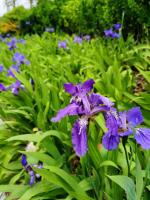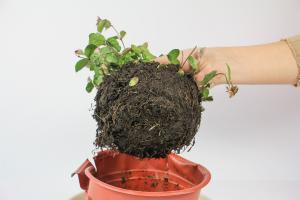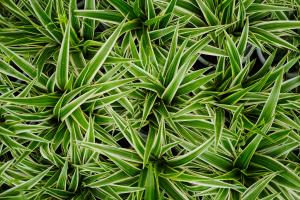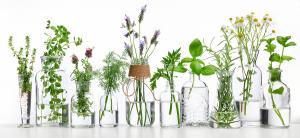What Plants Grow in Standing Water
Standing water can present challenges to many plants, but there are some that thrive in this environment. These plants have adapted to conditions such as poor drainage, high humidity, and stagnant water. Here are some examples of plants that can grow in standing water:
1. Water Lilies
Water lilies are perhaps the most popular plants that grow in standing water. They are known for their beautiful flowers, which come in a range of colors including white, pink, and yellow. The leaves of water lilies float on the surface of the water, and their roots anchor them in the soil at the bottom of the pond or lake. They require plenty of sunlight to grow and bloom, so ensure your water lilies get at least six hours of direct sunlight each day.
2. Pickerelweed
Pickerelweed is a native North American plant that thrives in standing water. Its scientific name is Pontederia cordata, and it has bright blue or purple flowers. The leaves of pickerelweed grow directly from the stem and can be several inches wide. This plant prefers full sun and can be planted in water up to three feet deep.
3. Cattails
Cattails are a common sight in wetlands and marshes. They can grow up to nine feet tall and have a distinctive brown, sausage-shaped flowerhead. Cattails have adapted to live in standing water by developing long, thick roots that anchor them in place and absorb nutrients from the water. These plants can also filter pollutants from the water, making them an important part of any wetland ecosystem.
4. Water Hyacinth
Water hyacinth is a floating plant that is native to South America. It has striking lavender flowers and rounded leaves that make it a popular choice for ornamental ponds. However, water hyacinth can also be invasive and cause problems for native plant and animal species. So, if you choose to plant water hyacinth, be sure to keep an eye on it and remove any excess growth to prevent it from spreading too far.
5. Duckweed
Duckweed is a small, free-floating plant that is known for its rapid growth rate. It can spread quickly and cover the surface of standing water, providing habitat for many small aquatic animals. Duckweed also serves as a food source for some animals, including ducks (hence the name).
Conclusion
These are just a few examples of the many plants that can grow in standing water. If you have a pond or other watery area on your property, consider incorporating one or more of these plants to add a natural touch and help support the local ecosystem.

 how many times do yo...
how many times do yo... how many planted tre...
how many planted tre... how many pine trees ...
how many pine trees ... how many pecan trees...
how many pecan trees... how many plants comp...
how many plants comp... how many plants can ...
how many plants can ... how many plants and ...
how many plants and ... how many pepper plan...
how many pepper plan...






























